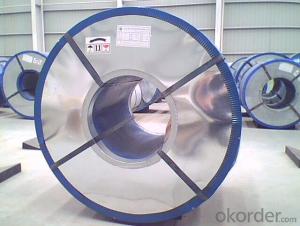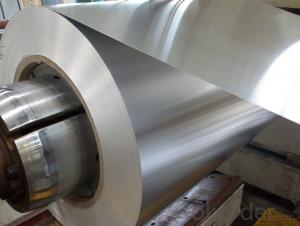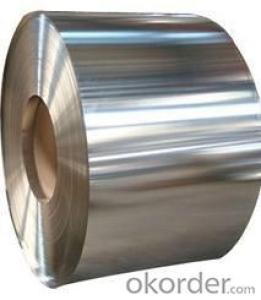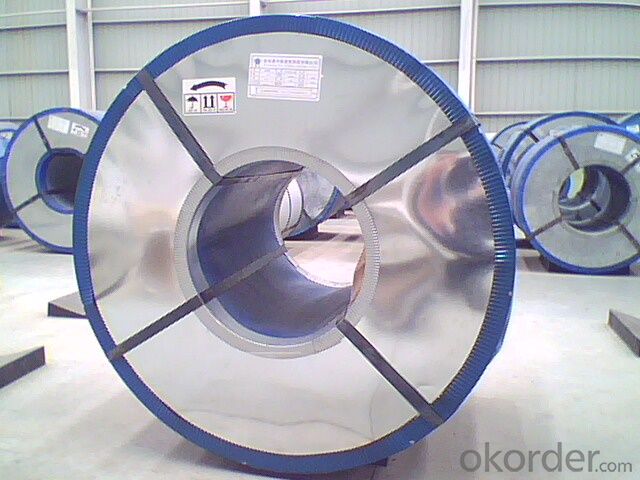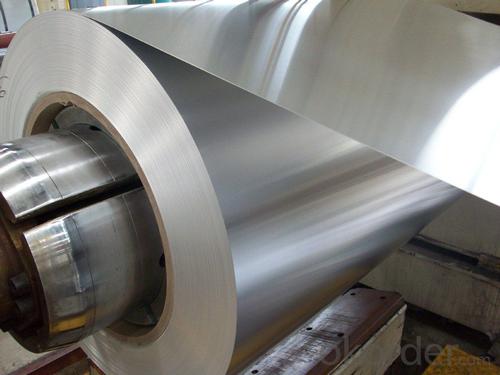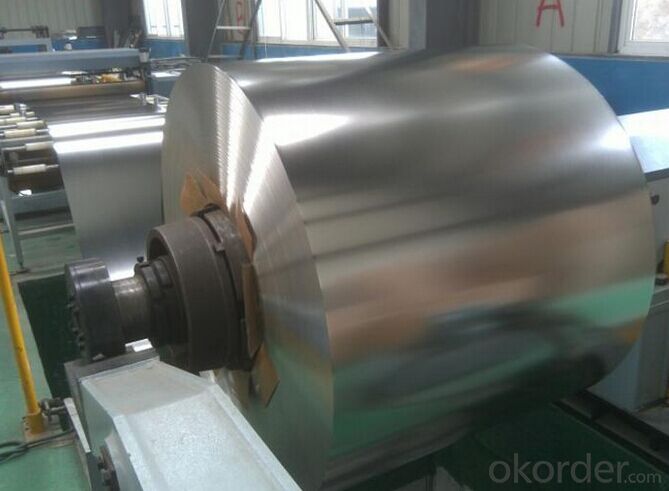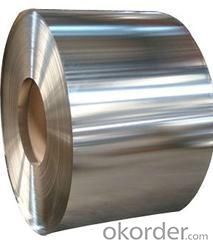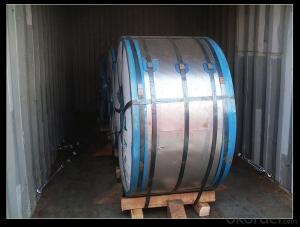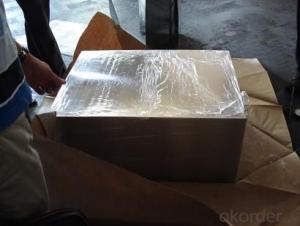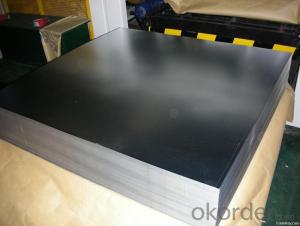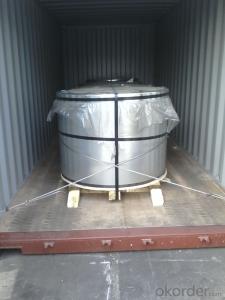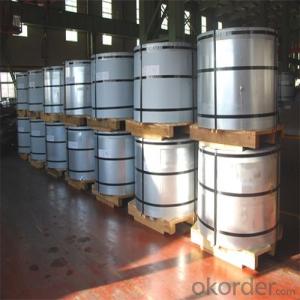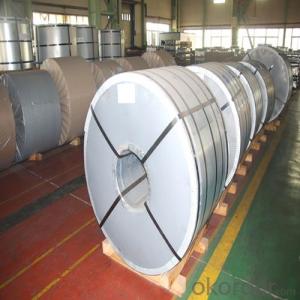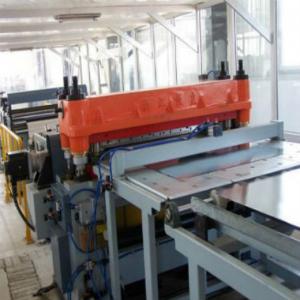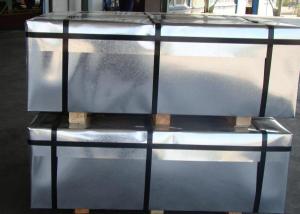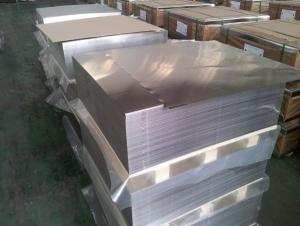Electrolytic Tinplate Coils and Steets for Tin Cans Making
- Loading Port:
- Tianjin
- Payment Terms:
- TT OR LC
- Min Order Qty:
- 25 m.t
- Supply Capability:
- 7000 m.t/month
OKorder Service Pledge
OKorder Financial Service
You Might Also Like
1.Structure of Electrolytic Tin Plate Coils and Sheets for Foods Metal Packaging Description
Electrolytic Tin Plate Coils and Sheets for Foods Metal Packaging, is one thin steel sheet with a coating of tin applied by electrolytic deposition. Tinplate made by this process is essentially a sandwich in which the central core is strip steel. This core is cleaned in a pickling solution and then fed through tanks containing electrolyte, where tin is deposited on both sides. As the strip passes between high-frequency electric induction coils, it is heated so that the tin coating melts and flows to form a lustrous coat.
2.Main Features of the Electrolytic Tin Plate Coils and Sheets for Foods Metal Packaging
Appearance – Electrolytic Tin Plate is characterized by its beautiful metallic luster. Products with various kinds of surface roughness are produced by selecting the surface finish of the substrate steel sheet.
Paintability and printability – Electrolytic Tin Plates have excellent paintability and printability. Printing is beautifully finished using various lacquers and inks.
Formability and strength – Electrolytic Tin Plates have got very good formability and strength. By selecting a proper temper grade, appropriate formability is obtained for different applications as well as the required strength after forming.
Corrosion resistance – Tinplate has got good corrosion resistance. By selecting a proper coating weight, appropriate corrosion resistance is obtained against container contents. Coated items should meet 24 hour 5 % salt spray requirement.
Solderability and weldability – Electrolytic Tin Plates can be joined both by soldering or welding. These properties of tinplate are used for making various types of cans.
Hygienic – Tin coating provides good and non toxic barrier properties to protect food products from impurities, bacteria, moisture, light and odours.
Safe – Tinplate being low weight and high strength makes food cans easy to ship and transport.
Eco friendly – Tinplate offers 100 % recyclability.
Tin is not good for low temperature applications since it changes structure and loses adhesion when exposed to temperatures below – 40 deg C.
3.Electrolytic Tin Plate Coils and Sheets for Foods Metal Packaging Images
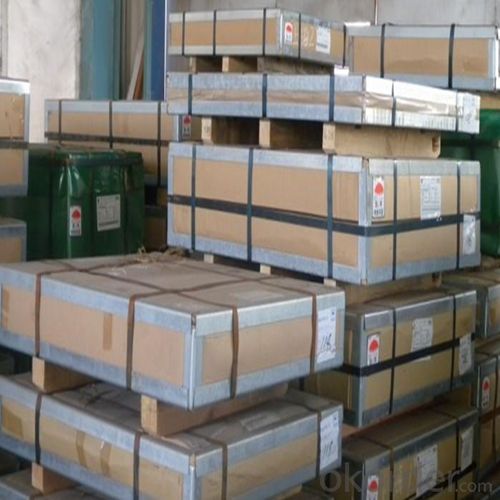
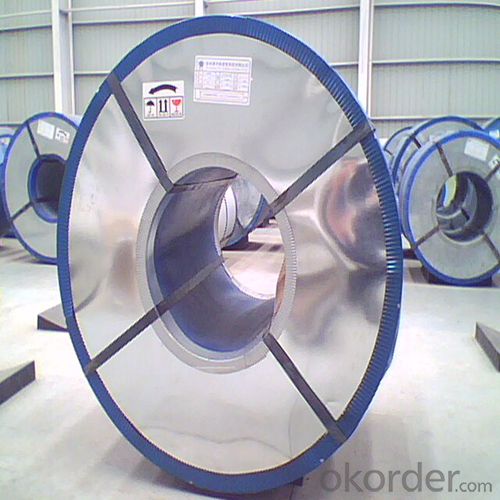
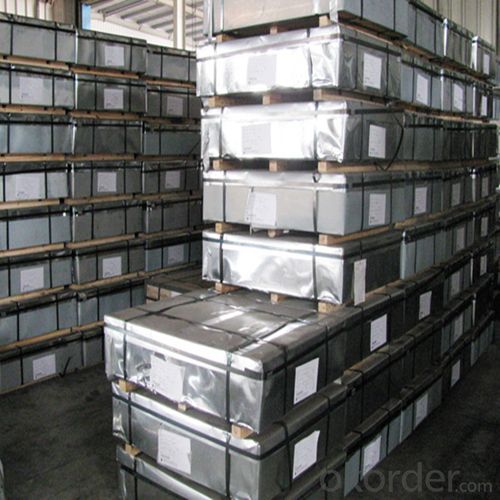
4.Electrolytic Tin Plate Coils and Sheets for Foods Metal Packaging Specification
Standard | ISO 11949 -1995, GB/T2520-2000,JIS G3303,ASTM A623, BS EN 10202
|
Material | MR,SPCC |
Thickness | 0.15mm - 0.50mm |
Width | 600mm -1150mm |
Temper | T1-T5 |
Annealing | BA & CA |
Coil Inner Diameter | 508mm |
Weight | 6-10 tons/coil 1~1.7 tons/sheets bundle |
Passivation | 311 |
Oil | DOS |
Surface | Finish,bright,stone,matte,silver |
5.FAQ of Electrolytic Tin Plate Coils and Sheets for Foods Metal Packaging
-What your tinplate material is used for ?
Tinplate is widely used for the packaging of products. Such as food cans,
beverage cans, pet cans, closures, general line cans and so on.
Printed Tinplate is offered!!
-How to place .an order or contact you ?
Please send us Email. we will give you a quick response in seconds .
- How is your quality ?
All our quality is prime even the secondary quality . We have many years experience
In this field with serious quality control standard . Advanced equipment, We welcome your visit to our factory .
- Q: How does tinplate perform in terms of resistance to humidity?
- Tinplate performs exceptionally well in terms of resistance to humidity. The tin coating applied to the steel substrate creates a barrier that prevents moisture from corroding the underlying metal. This makes tinplate highly resistant to the damaging effects of high humidity, ensuring its durability and longevity in various applications.
- Q: What kind of material is tinplate?
- Tin is mainly used to prevent corrosion and rust. It will be the steel strength and formability and corrosion resistance of tin soldering, and beautiful appearance with a material, corrosion resistant, non-toxic, high strength and good ductility properties
- Q: How is tinplate cut and formed into different shapes?
- Tinplate is typically cut and formed into different shapes through a process known as stamping or die-cutting. This involves the use of specialized machines that use sharp dies or punches to cut the tinplate into the desired shape. The tinplate is fed into the machine, and the die or punch is pressed onto it with sufficient force to cut or shape it. This process allows for precise and efficient production of various tinplate shapes, such as cans, containers, or components for various industries.
- Q: How is tinplate coated for furniture?
- Tinplate is typically coated for furniture by a process called electroplating. The tinplate is immersed in an electrolyte solution, and an electric current is applied to deposit a layer of tin onto the surface. This coating enhances the durability and corrosion resistance of the tinplate, making it suitable for furniture applications.
- Q: What is the difference between tinplate and tin-free steel?
- Tinplate is a steel sheet coated with a thin layer of tin, providing corrosion resistance and a shiny appearance, while tin-free steel refers to steel that is not coated with tin and usually relies on alternative coatings or treatments to prevent corrosion.
- Q: How does tinplate ensure the freshness of pet food?
- Tinplate ensures the freshness of pet food by providing a protective barrier that helps to preserve the quality and flavor of the food. It prevents air and moisture from seeping in, thereby minimizing the risk of spoilage and maintaining the nutritional value of the pet food for a longer period of time.
- Q: How does tinplate packaging contribute to product protection against UV rays?
- Tinplate packaging does not contribute to product protection against UV rays.
- Q: Can tinplate be used for industrial or automotive applications?
- Yes, tinplate can be used for industrial or automotive applications. It is commonly used in the manufacturing of cans, containers, and packaging materials due to its durability, corrosion resistance, and ability to be easily formed into desired shapes. In the automotive industry, tinplate can be used for various applications such as body parts, fuel tanks, and electrical components.
- Q: How does tinplate compare to other packaging materials in terms of shelf appeal?
- Tinplate stands out among other packaging materials in terms of shelf appeal due to its unique metallic appearance and durability. Its glossy finish and reflective properties attract attention and enhance the visual appeal of products on store shelves. Additionally, tinplate can be easily customized with vibrant colors, intricate designs, and embossing, making it an excellent choice for brands looking to create eye-catching packaging. Overall, tinplate offers a visually appealing and premium look that sets it apart from other packaging materials.
- Q: How does tinplate packaging contribute to product protection against oxidation?
- Tinplate packaging contributes to product protection against oxidation by providing a barrier between the product and the surrounding environment. Tinplate is made by coating thin sheets of steel with a layer of tin, which acts as a protective barrier against moisture, air, and other external elements that can cause oxidation. This barrier prevents the entry of oxygen, which is necessary for oxidation to occur, thereby extending the shelf life of the product and maintaining its quality and freshness.
Send your message to us
Electrolytic Tinplate Coils and Steets for Tin Cans Making
- Loading Port:
- Tianjin
- Payment Terms:
- TT OR LC
- Min Order Qty:
- 25 m.t
- Supply Capability:
- 7000 m.t/month
OKorder Service Pledge
OKorder Financial Service
Similar products
Hot products
Hot Searches
Related keywords
